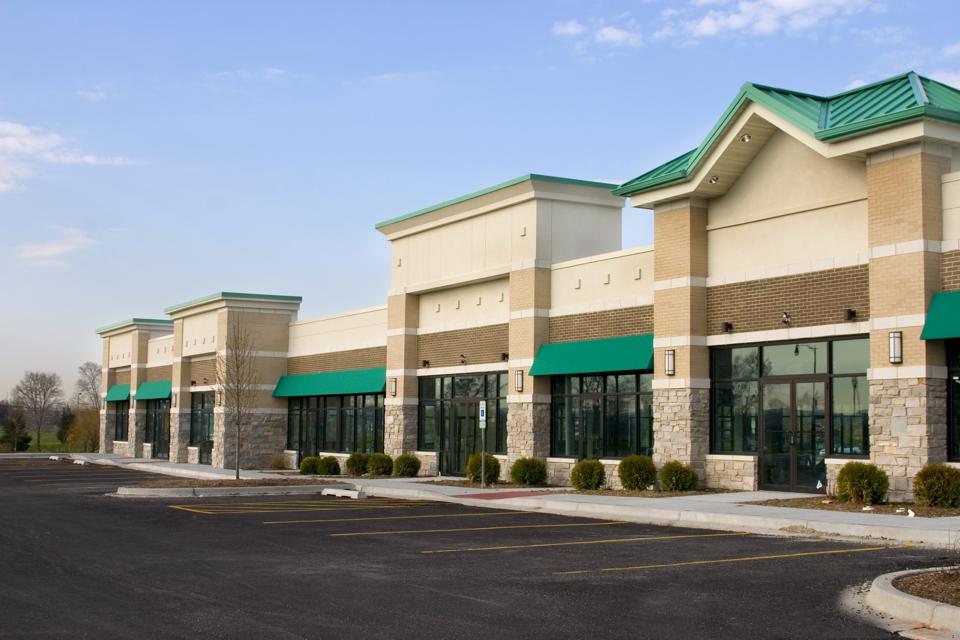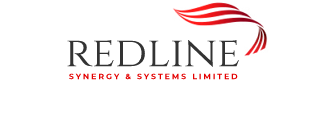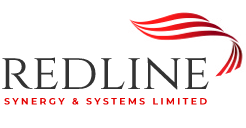
Opportunity Zones were established to encourage developers to put money into underdeveloped economies, resulting in increased employment creation and sustainable growth in low-income neighborhoods. Though interest in Opportunity Zones has grown in recent months, there are five things to know about them before investing.
Key Terms
Opportunity zones have three key terms to understand:
-
QOZ: A Qualified Opportunity Zone is a census-designated low-income neighborhood that has been authorized by the federal government.
-
Qualified Opportunity Fund (QOF): A Qualified Opportunity Fund is an organization or company created solely for the purpose of investing in a Qualified Opportunity Zone land.
-
Qualified Opportunity Zone Property (QOZP): This refers to real estate or commercial property, corporate shares, or a joint interest in a company that mainly conducts business in a QOZ.
Benefits of Opportunity Zone Investments
Investing in Opportunity zones comes with quite a number of lucrative benefits for investors looking to diversify their portfolio. Some of these benefits include:
- Unrealized capital returns may be invested in Opportunity Zones by any company or person that has capital gains from the selling of an investment asset.
- Taxation on newly gained capital gains reinvested in an Opportunity Zone is postponed until 2026. (or when the asset is sold)
- When an investment in an Opportunity Zone is kept for at least five years, the basis of the initial investment is raised by 10%.
- Additional capital gains produced by Opportunity Zone investments are automatically exempt from capital gains tax if kept for at least ten years.
More information on Opportunity zones

Closeup of man counting payments for home
1. Opportunity Zones Have Boosted Post-Covid-19 Recovery
The available data indicates that Qualified Opportunity Funds are well placed to invest in communities in 2020, according to the CEA’s Initial Assessment paper.
The pandemic sparked a major selloff in the stock market in the first quarter of this year, which most certainly resulted in substantial capital losses for investors leaving a long-term bull market. Despite various State-mandated restrictions aimed at slowing the spread of COVID-19, the CEA claims that capital collected by QOFs increased by around 30% in the first four months of 2020.
The success of Opportunity Zones prior to COVID-19 shows that the OZ model will help to stimulate economic growth after COVID-19. The federal government has little influence over capital mobilization, encouraging developers to collaborate with local partners to help low-income communities expand and flourish.
2. Enjoy Zero Charges On Capital Gains Tax
Since the investment base is stepped up to equal market value following a 10-year retention period, any appreciation will be sold tax-free. The true benefit of QOZ investment comes after ten years for long-term investors.
Consider a $500,000 investment that grows in value over time and is sold after being owned for at least ten years. The whole income would be tax-free if the land valuation rose to $750,000. Of course, owing to the precise financial results of the investment and natural market conditions, profitability is never guaranteed, as it is for any other investment.

3. Opportunity Zone Investments Are Available To Capital Gain Holders.
Although 1031 exchanges have long favored real estate owners, capital gains on other investments have always been taxed. When the Tax Cuts and Jobs Act of 2018 was signed into law, everything changed.
Investors with capital gains from other investments, such as stocks and shares, precious metals, a company, or real estate, may now opt to invest in an Opportunity Zone to delay or exclude any of their gains for tax purposes.
4. Opportunity Zone Investments Can Vary Significantly
Not all Opportunity Zones offer the same level of return as other types of investments. While the prospect of saving money on taxes is appealing, investors should be mindful that an OZ investment may be hiding a risky investment.
For example, land and buildings in an Opportunity Zone might have already appreciated to the point that incoming investors have less benefit potential. Furthermore, although some QOFs are diversified across industries, high costs may negate most of the expected tax benefits.
You Probably Should Read These Too..
-
How Interest Rates Affect Commercial Real Estate
-
Investing In Oil And Gas – 5 Lucrative Opportunities You Should Know





